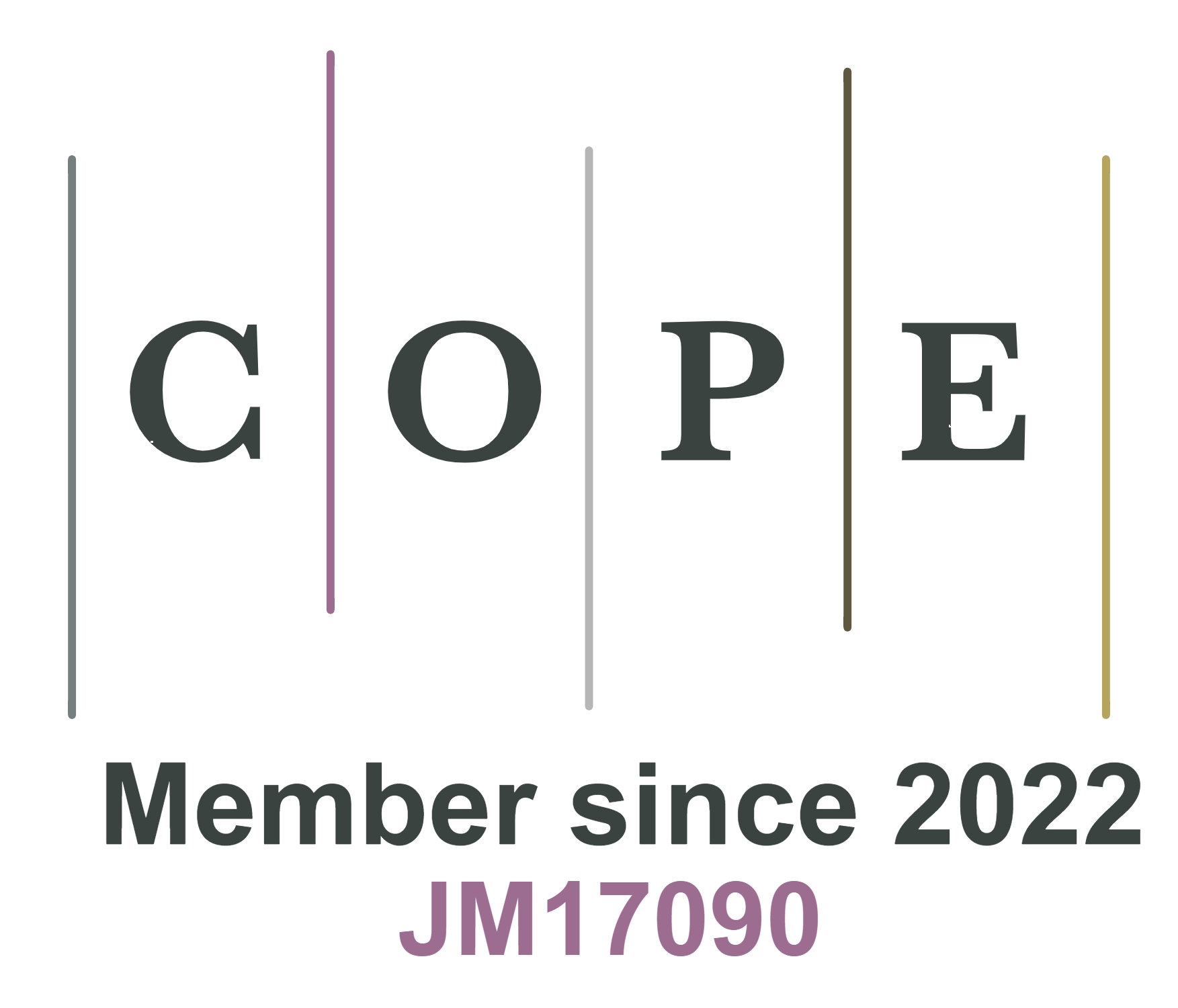fig9
Figure 9. Multimodal flexible sensors. (A-C) Pressure-strain-temperature sensor; (D and E) Pressure-temperature-humidity sensor; (F) Strain-temperature-humidity sensor; (G and H) Pressure/strain-electromagnetic-electrothermal sensor. (A) Schematic diagram of the electronic skin; (B) Preparation of orthogonal arrangements of PpyNWs and MXene. Reproduced with permission[100]. Copyright 2020, Science; (C) Textiles fabrication. Reproduced with permission[101]. Copyright 2022, Elsevier; (D) The structure of the sensor; (E) Schematic of the temperature sensing mechanism. Reproduced with permission[103]. Copyright 2024, IPOSCIENCE; (F) Schematic of the electronic tattoo production. Reproduced with permission[104]. Copyright 2023, Wiley; (G) Multifunctional fabric manufacturing process. Reproduced with permission[105]. Copyright 2022, Elsevier; (H) Patterned screen-printed multifunction device[110]. Copyright 2022, Wiley. PpyNWs: Polypyrrole nanowires; VSNP-PAM: vinyl hybridized silica nanoparticle-modified polyacrylamide; PDA: polydopamine; AMK: AgNWs/MXene/PDA cross-linked PET knitted; AgNWs: Ag nanowires; TLCs: thermochromic liquid crystals; PET: polyethylene terephthalate; CNF: cellulose nanofibers; TPU: thermoplastic polyurethane; DA: dopamine hydrochloride; P-TPU: polydopamine-modified TPU; EMI: electromagnetic interference.











